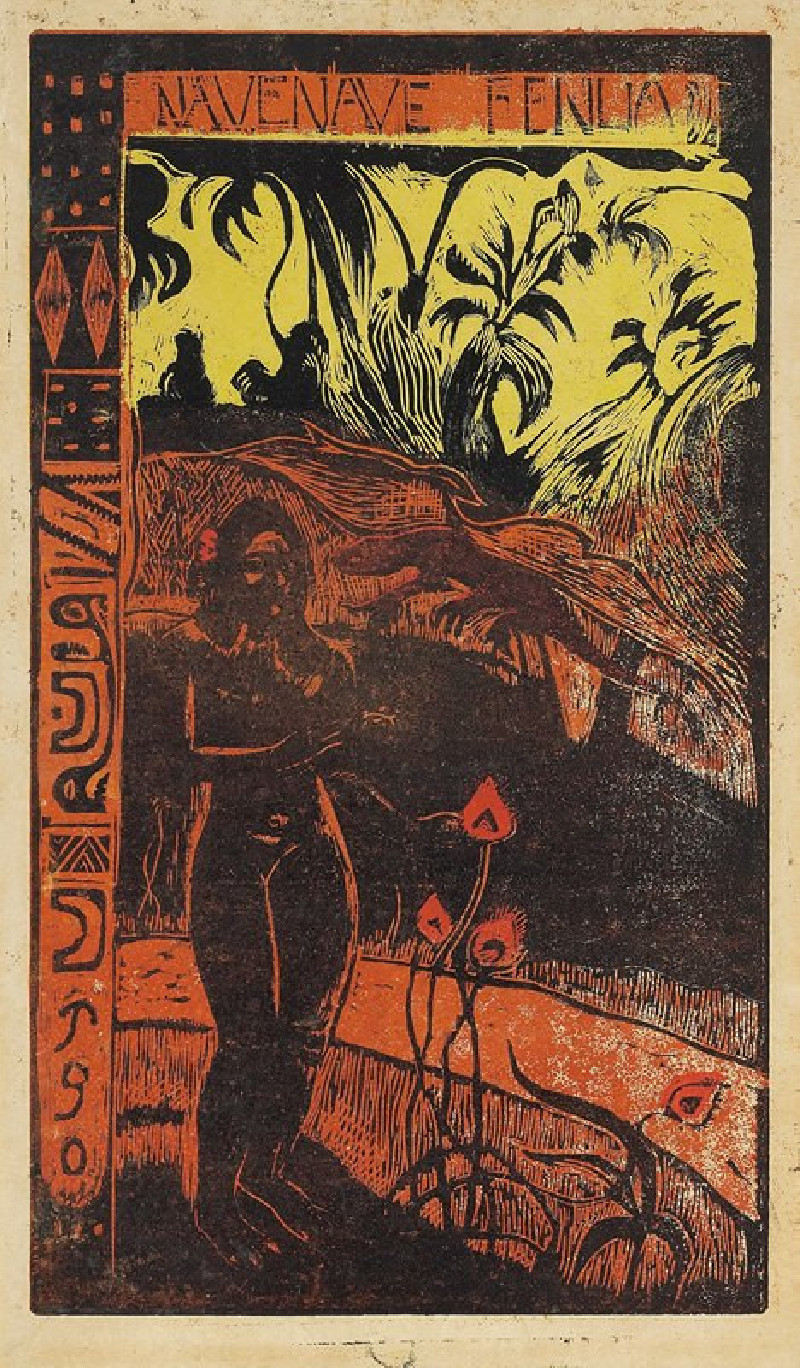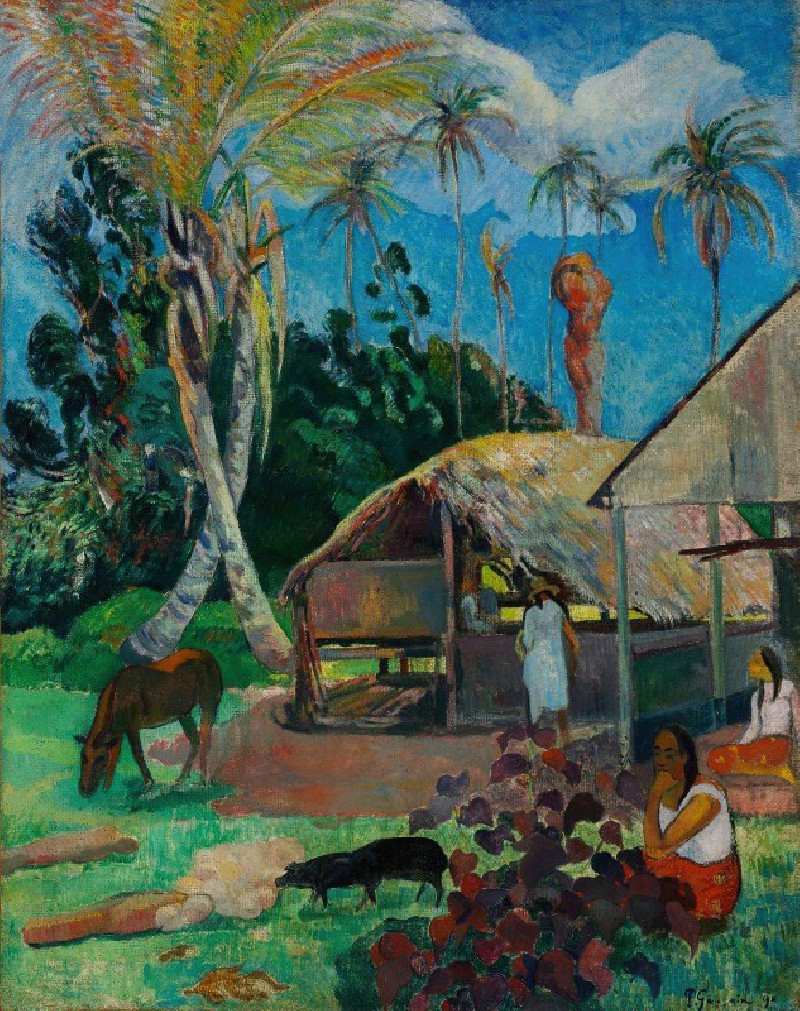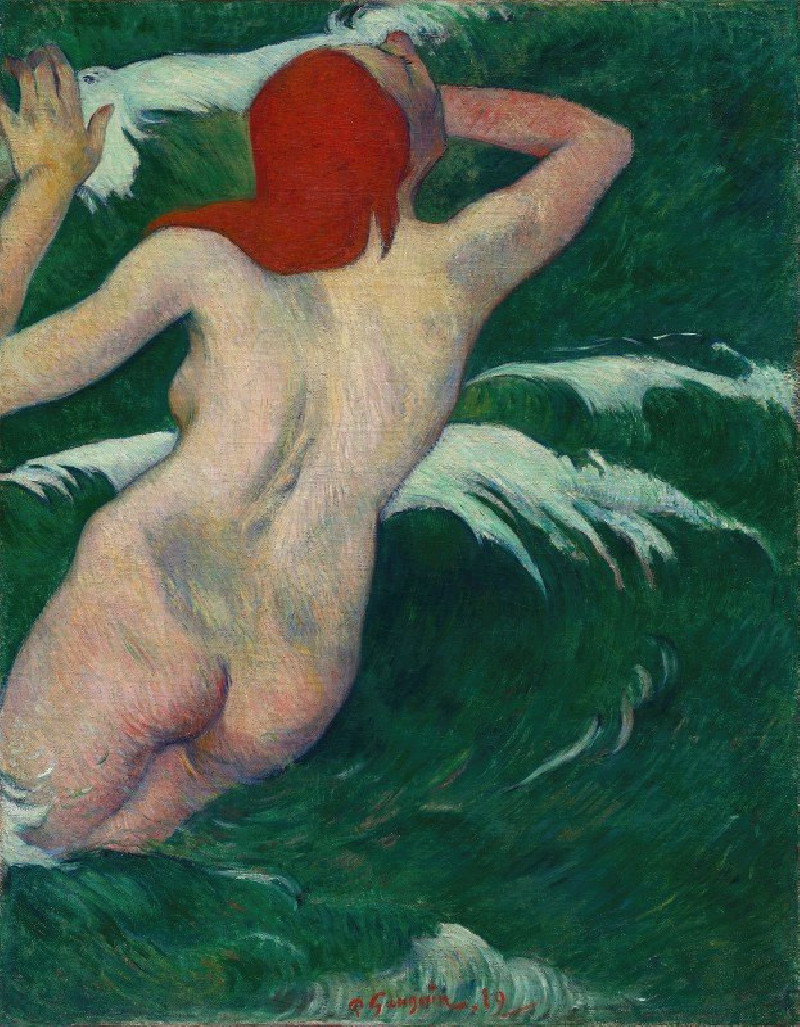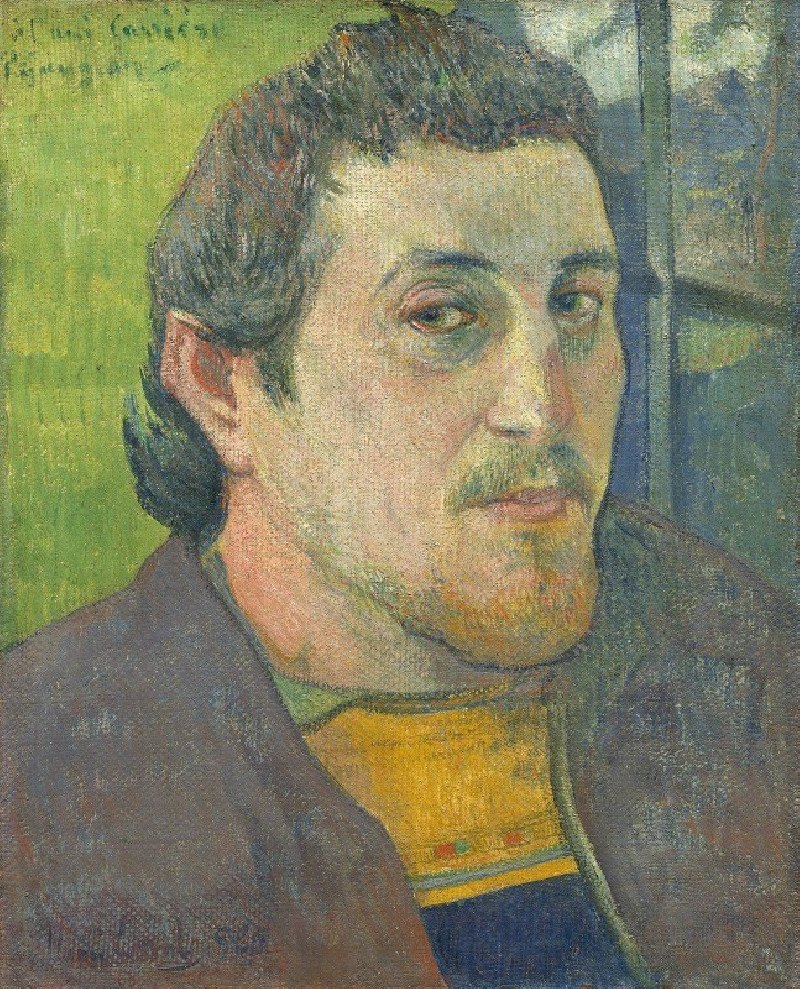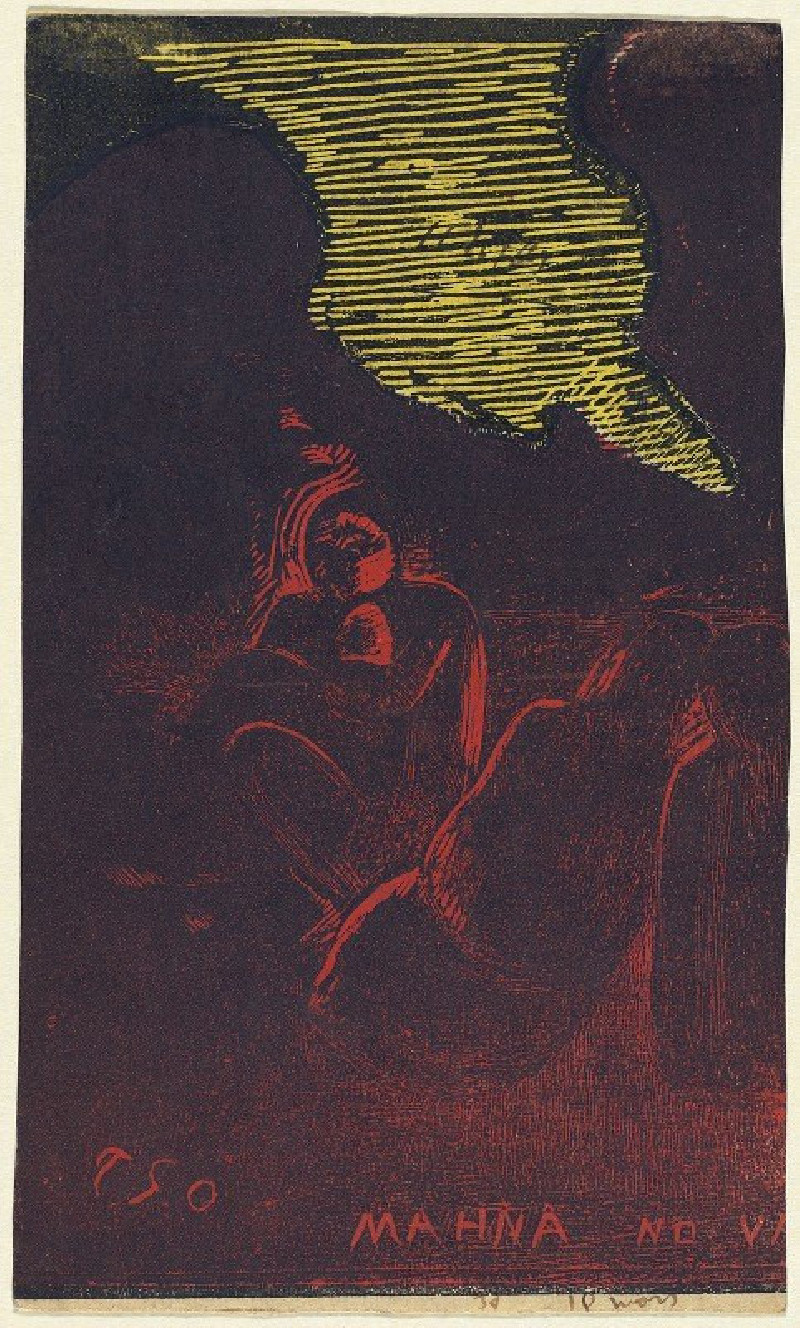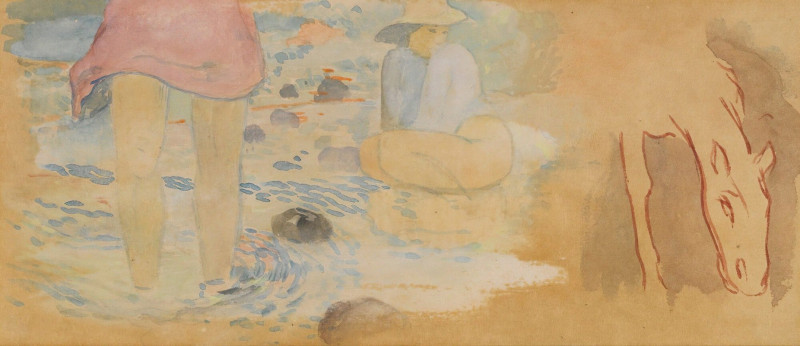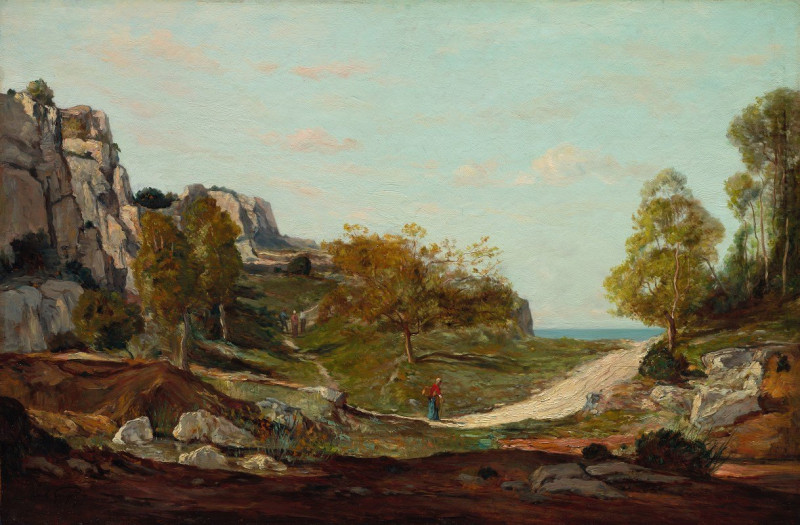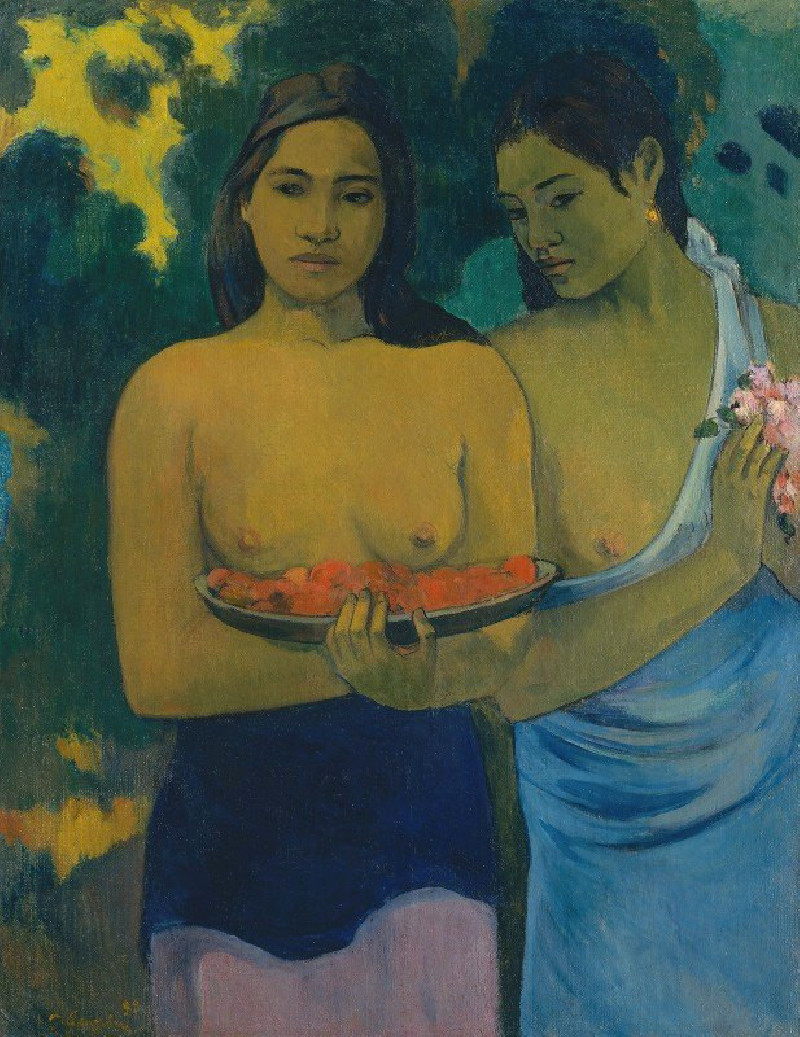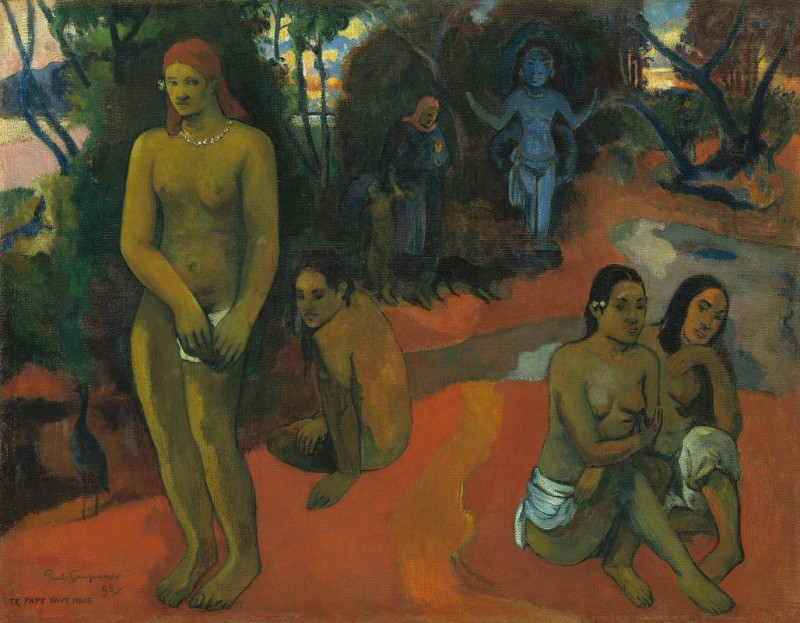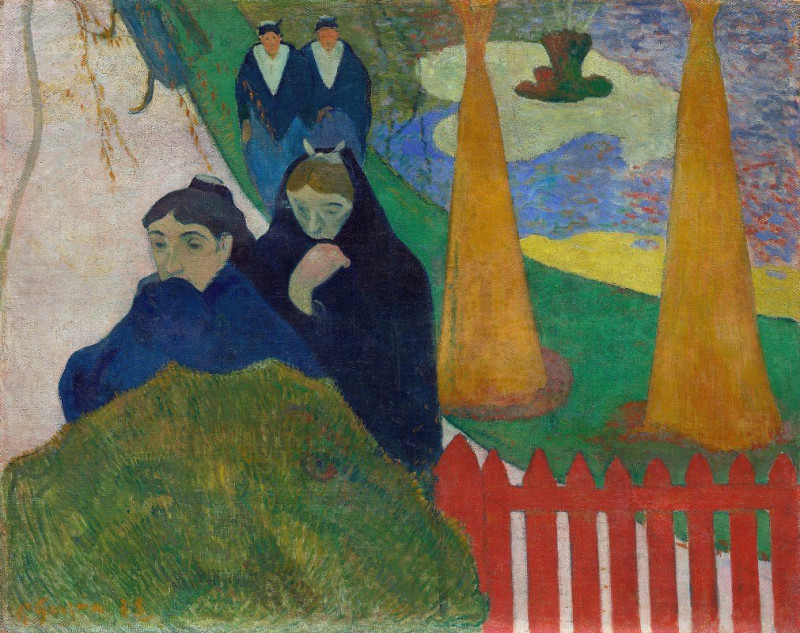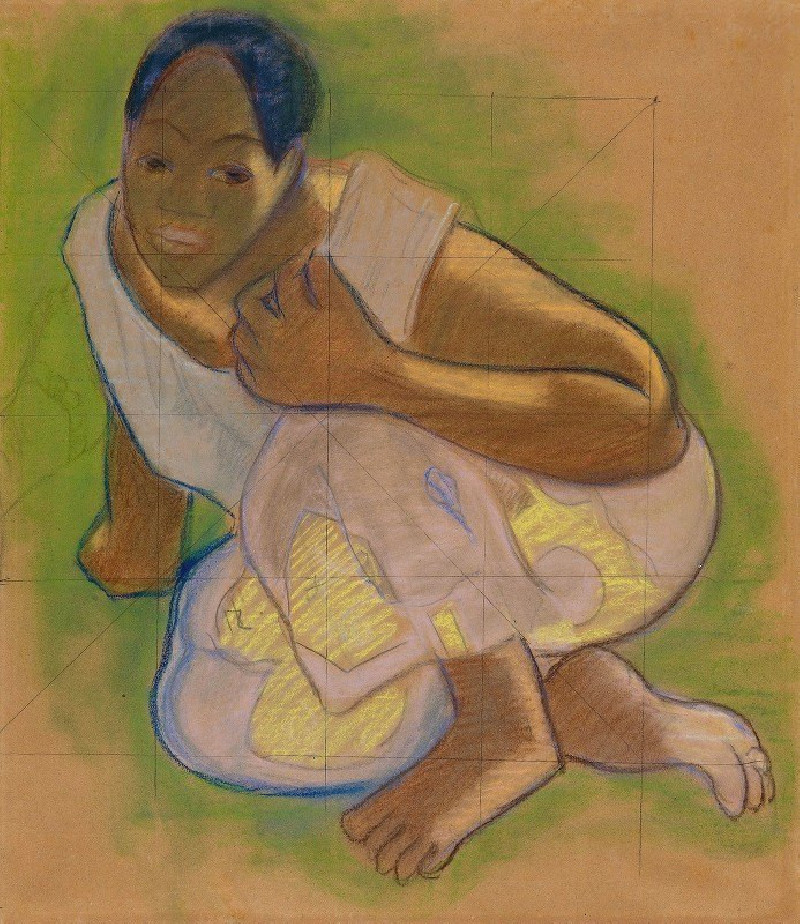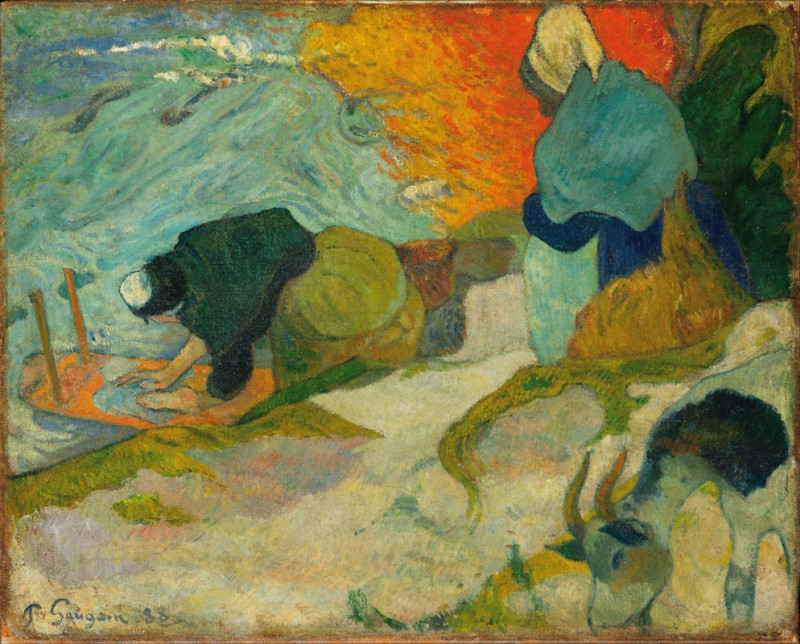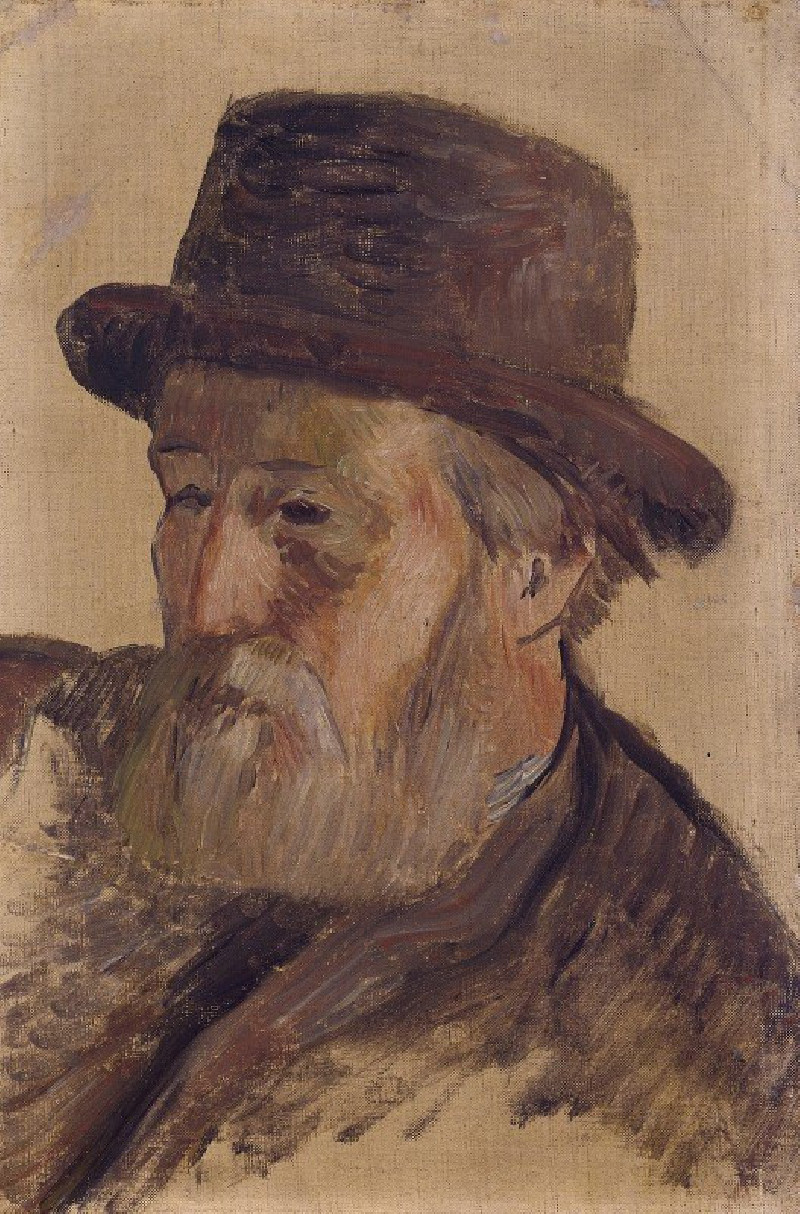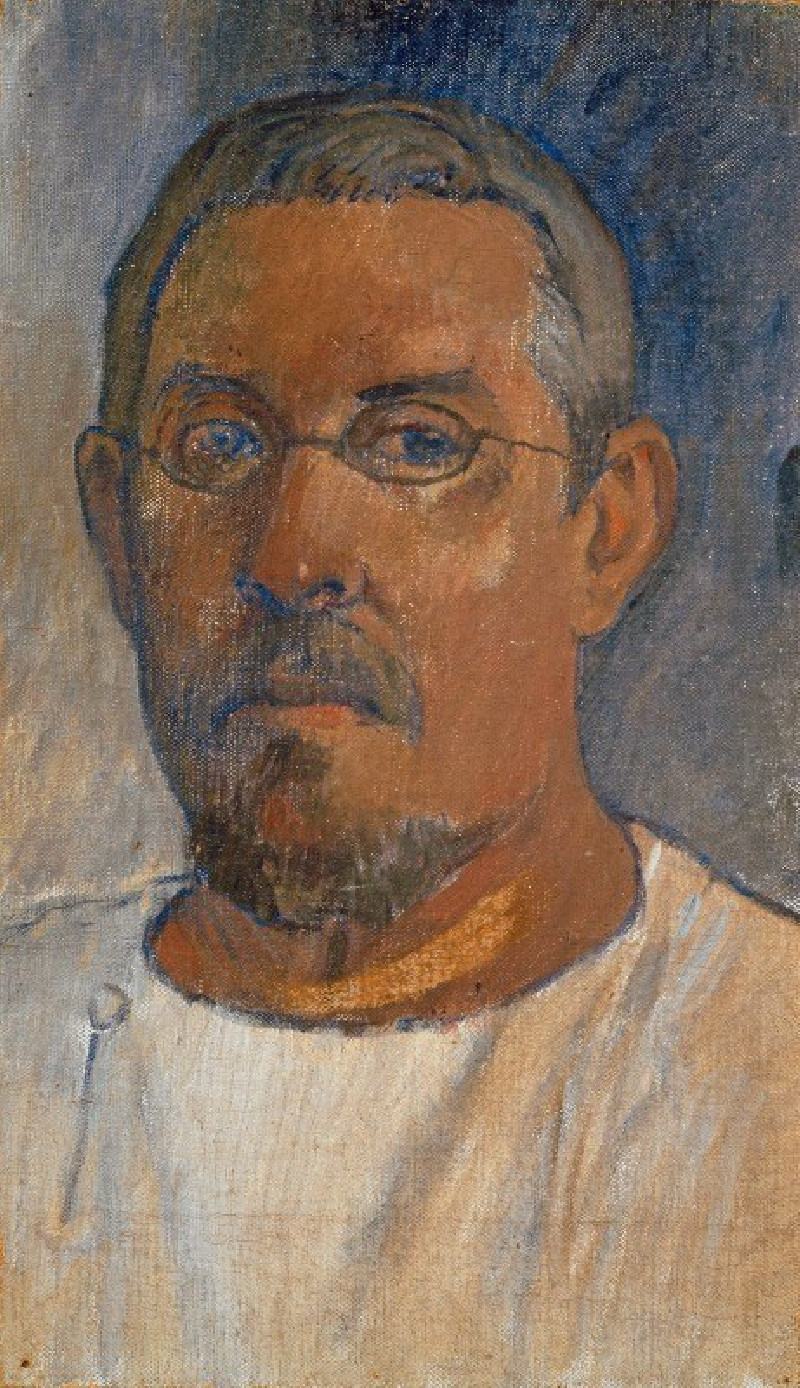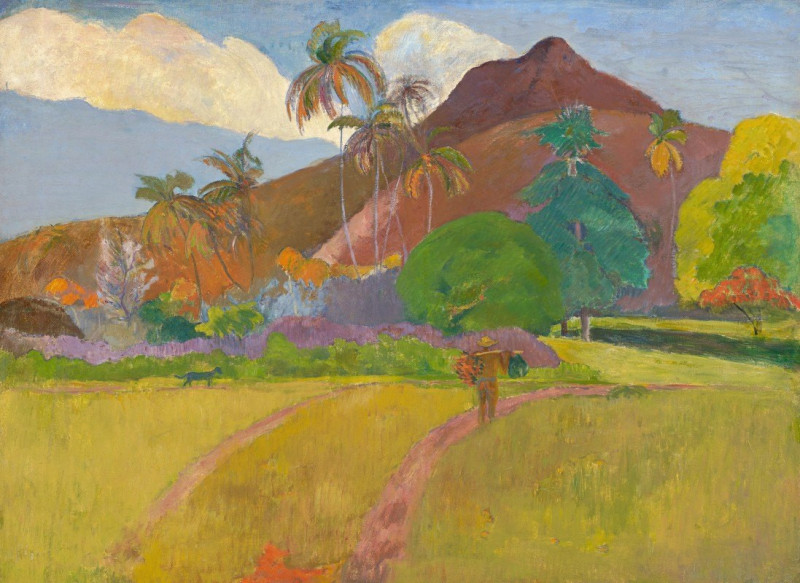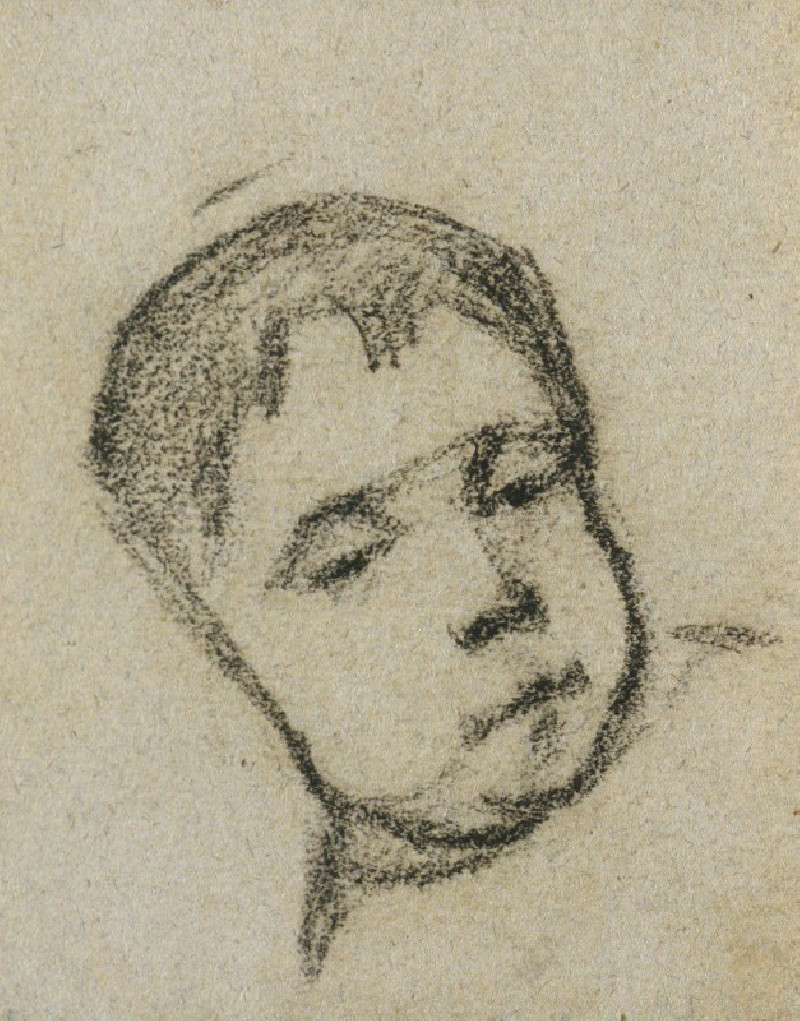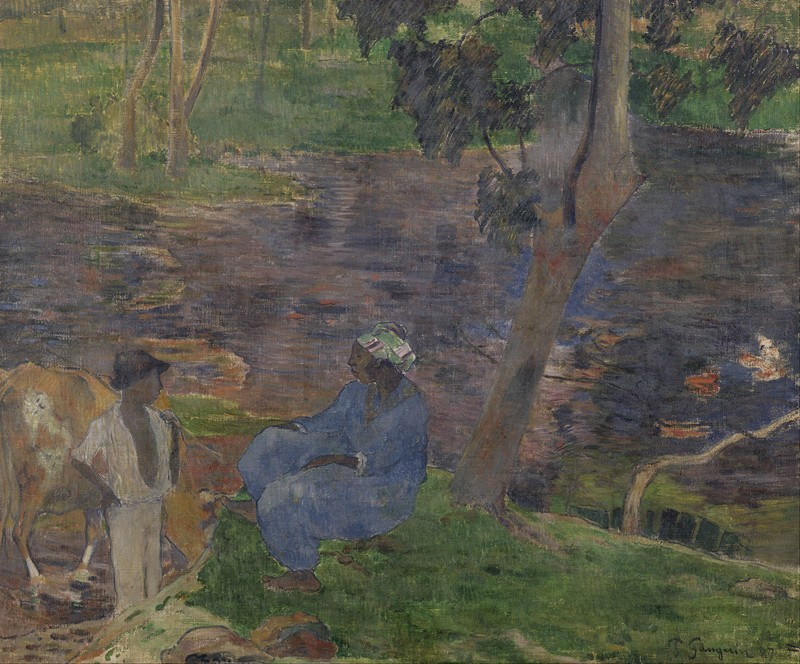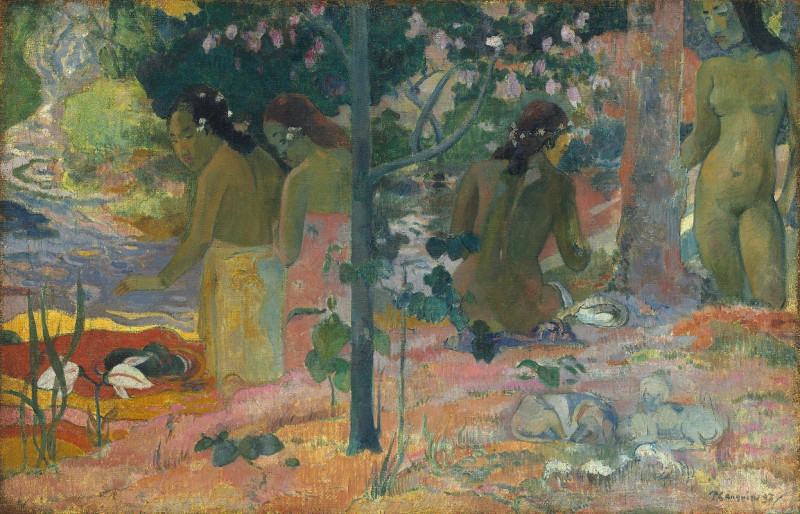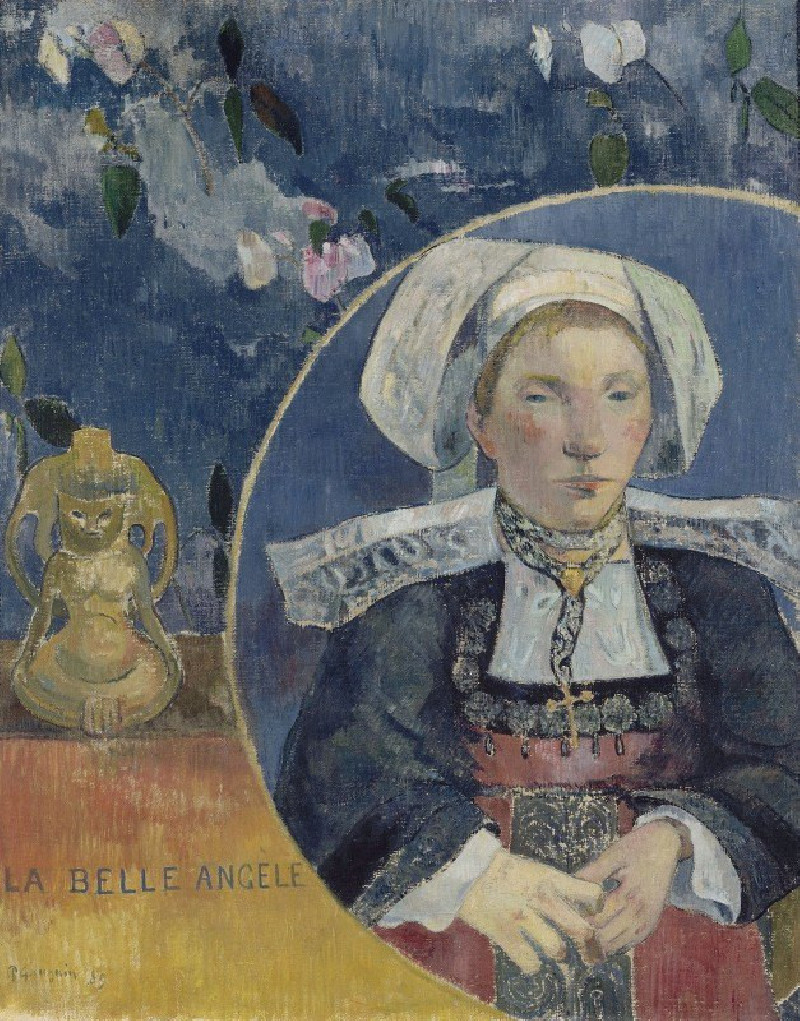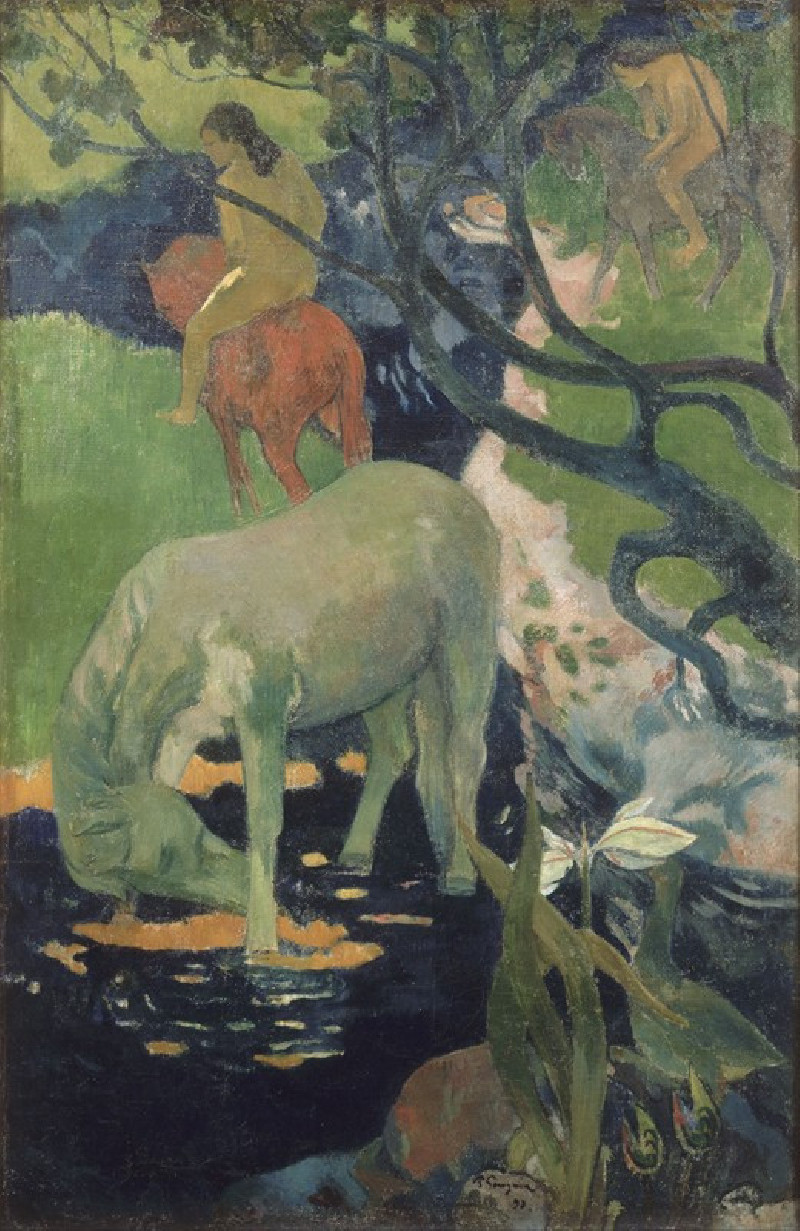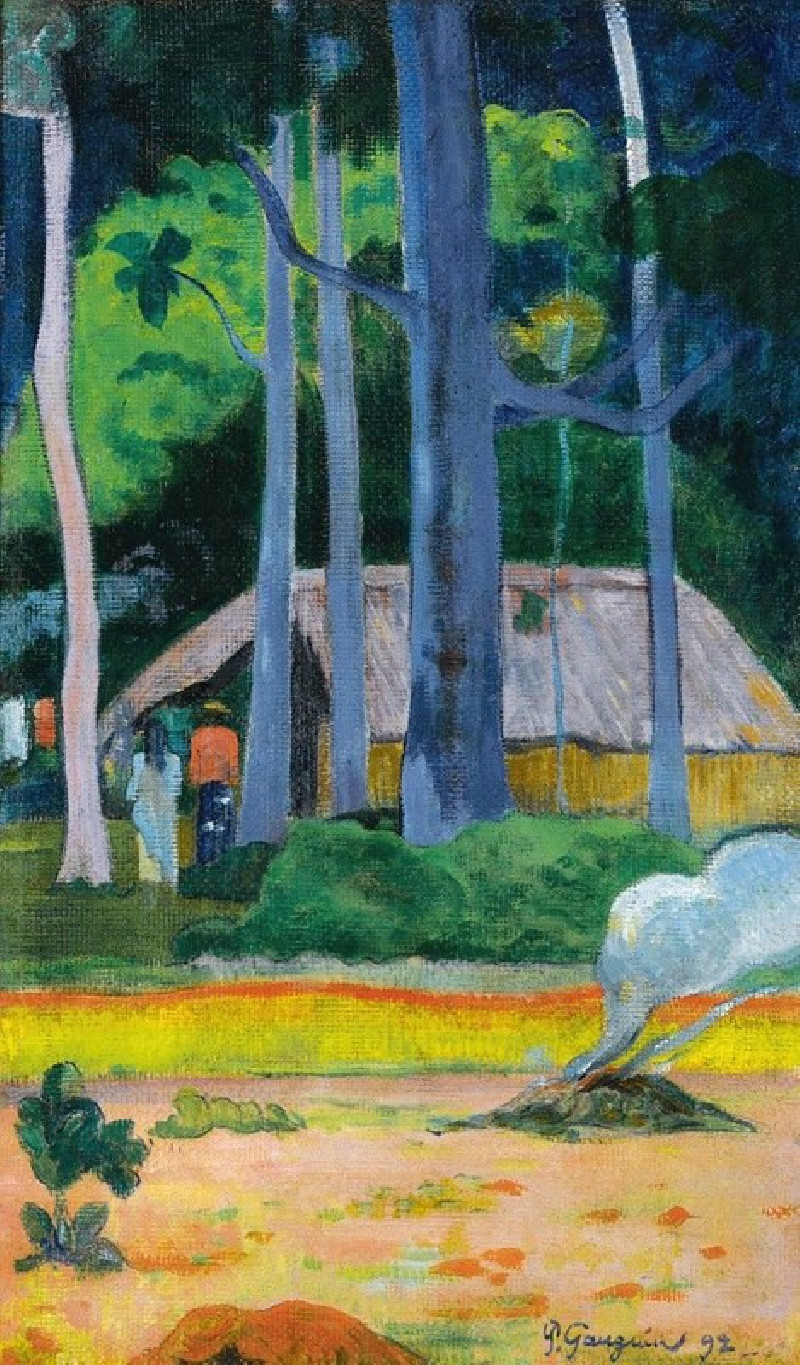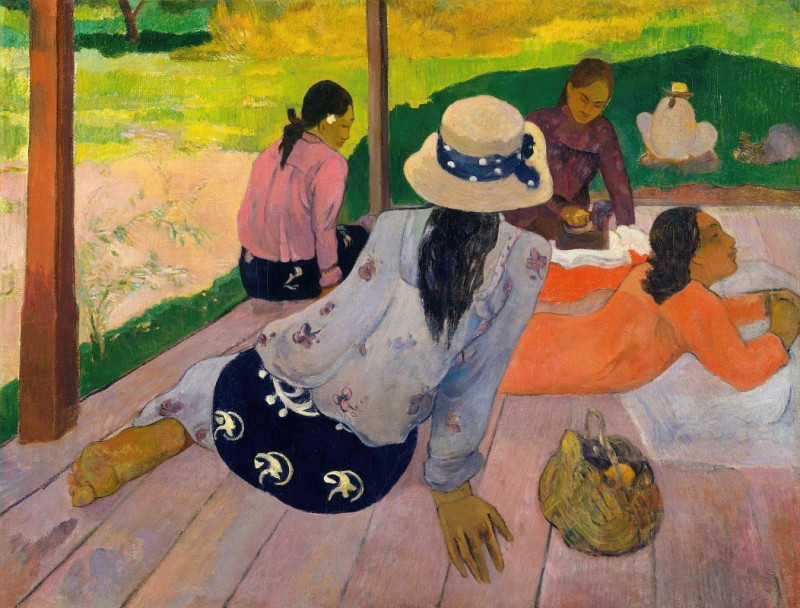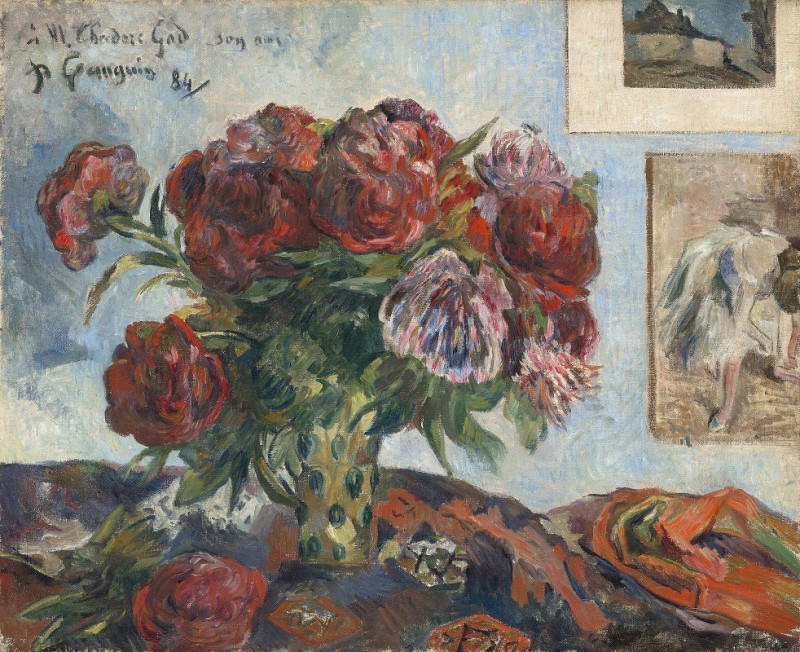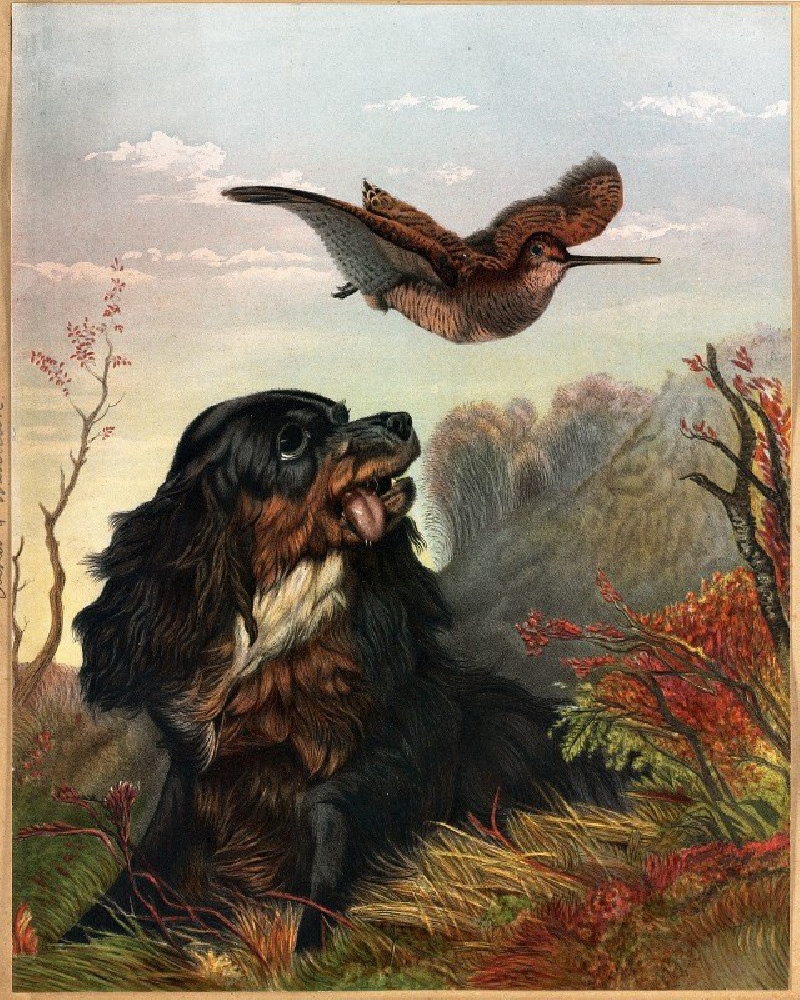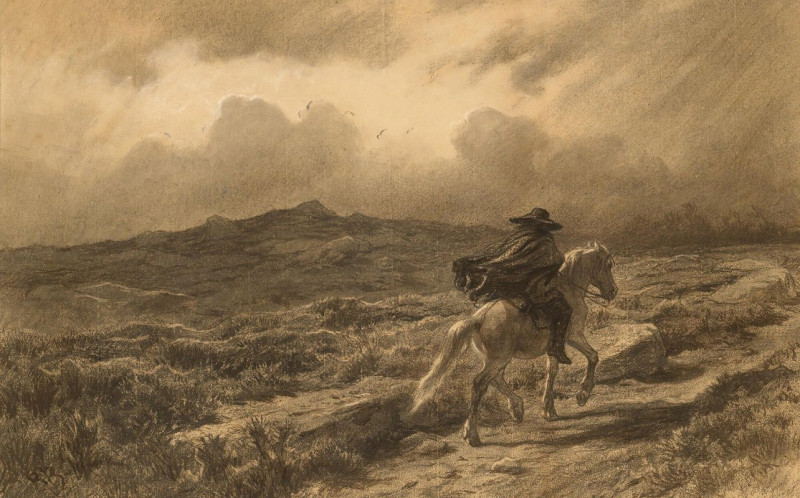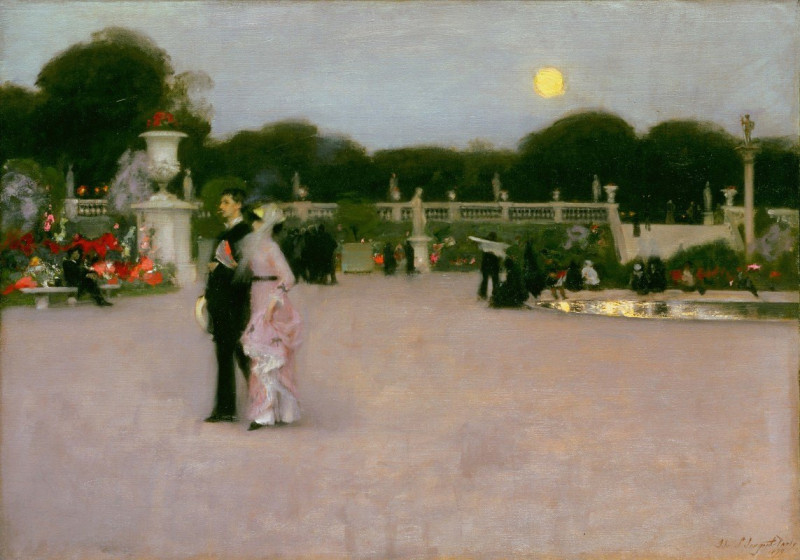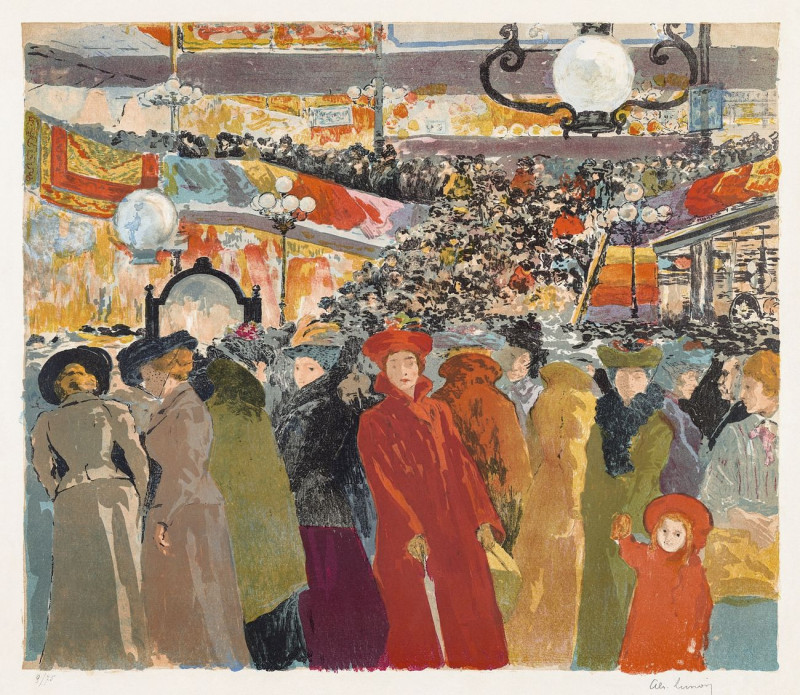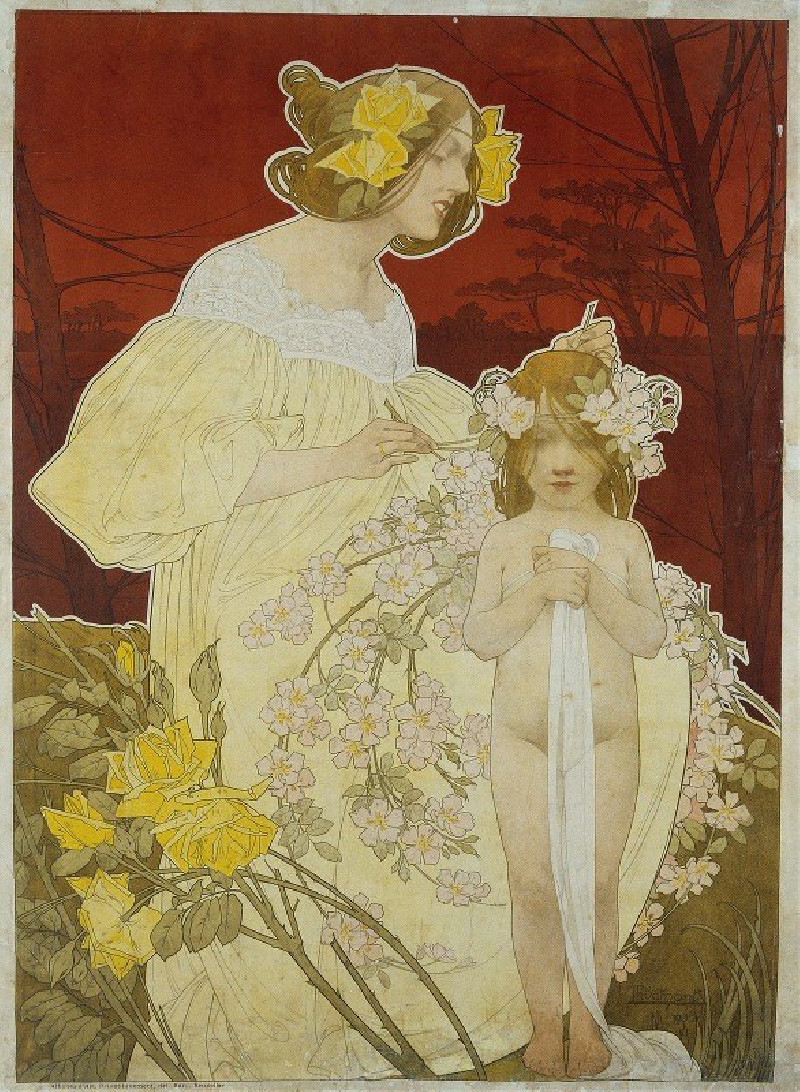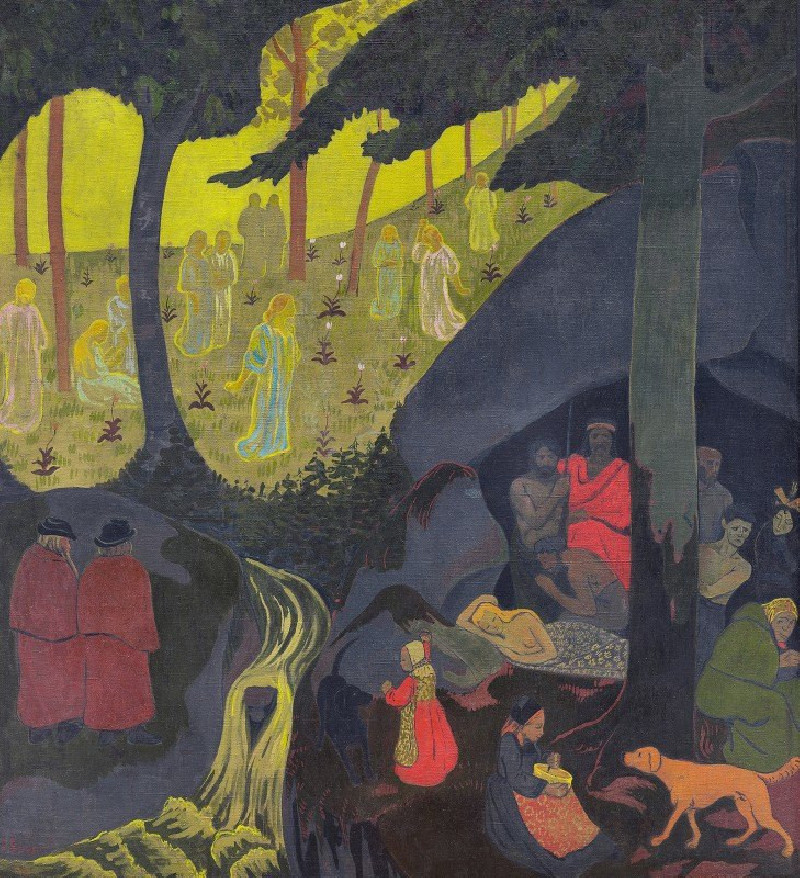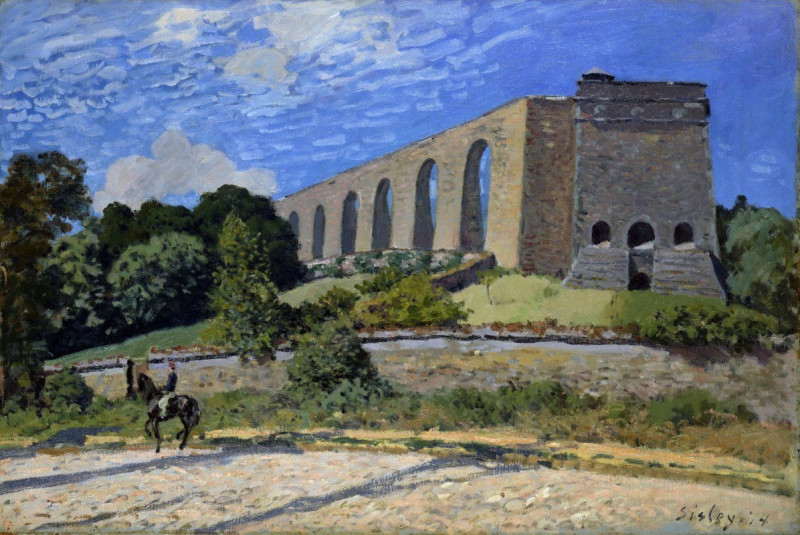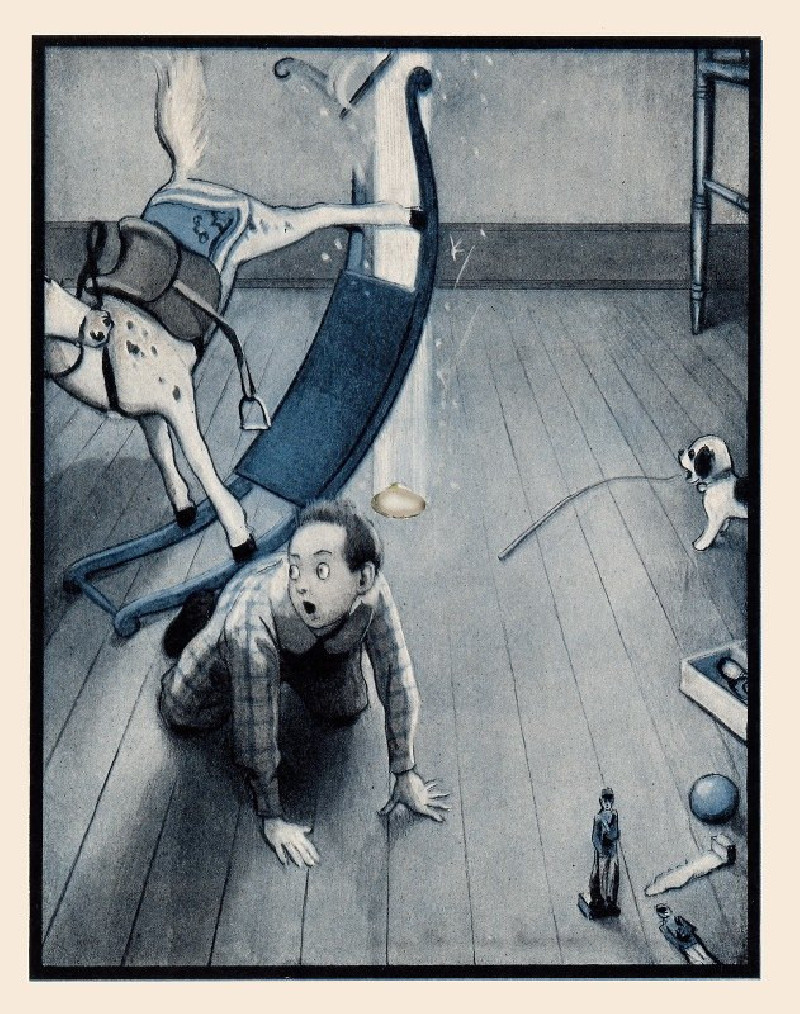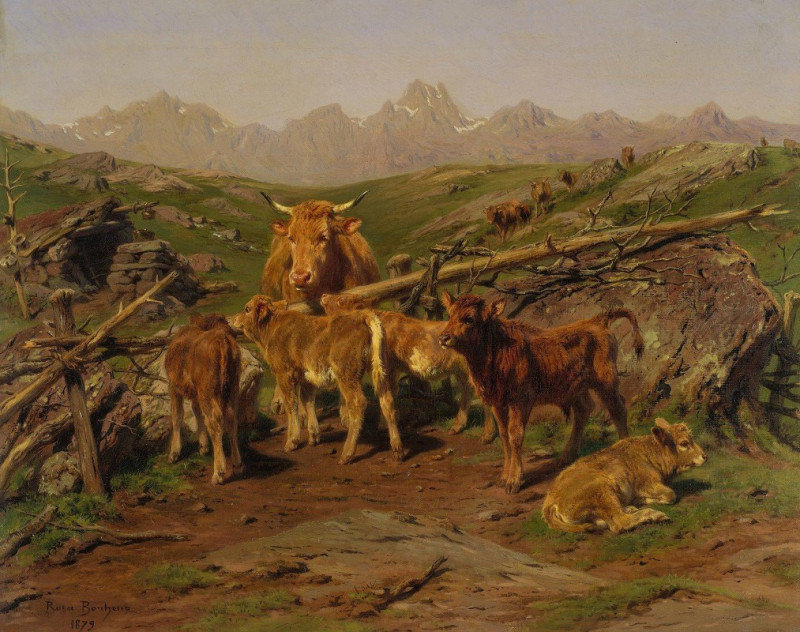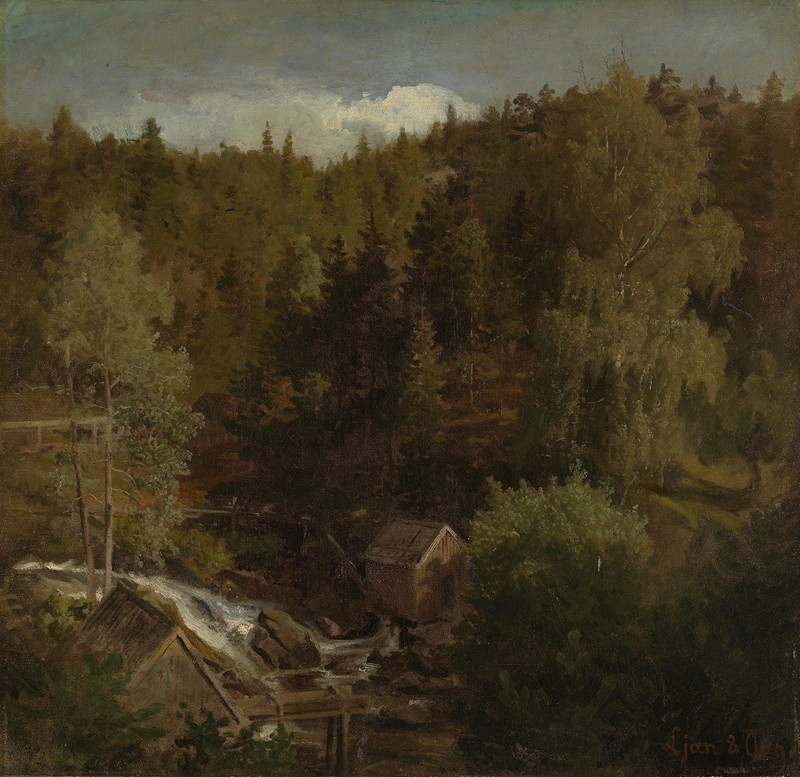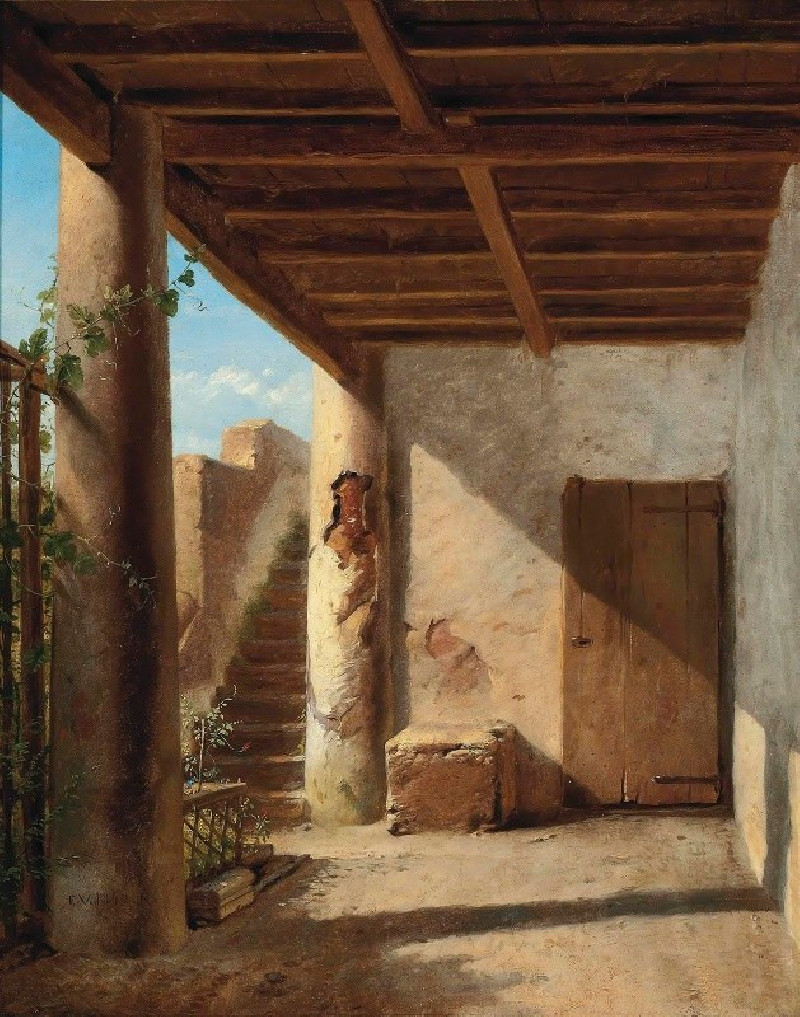Nave Nave Fenua from the Noa Noa Series (1893 - 1894)
Technique: Giclée quality print
Recommended by our customers
More about this artwork
Paul Gauguin's striking woodcut, "Nave Nave Fenua" (Delightful Land), created during his stay in Tahiti between 1893 and 1894, is a vivid representation of the enchanting and exotic atmosphere he found in the South Seas. This piece belongs to his famed Noa Noa series, which was initially conceived as an illustrative complement to a travel journal recounting his experiences in Tahiti.The work, dominated by bold outlines and dramatic contrasts, features a central figure of a Tahitian woman standing amidst lush vegetation, which underscores Gauguin's fascination with the island and its inhabitants. The woman's strong, poised stance and serene expression invoke a sense of harmony and deep connection to her environment.Surrounding the figure are abstract decorative elements and symbols, typical of Gauguin's synthesis of the local Tahitian aesthetics with his personal artistic vision. The title of the piece, "Nave Nave Fenua," along with ornamental details, is inscribed at the top, anchoring the artwork firmly in its cultural context. The choice of warm earth tones and the stark contrast of the black background enhance the mystical and almost otherworldly quality of this print."Nave Nave Fenua" not only captures the essence of Tahitian landscape but also reflects Gauguin's idealization of the Tahitian way of life, which he perceived as untainted and harmoniously intertwined with nature – a stark contrast to the industrialized reality of Europe during his time. Through this artwork, Gauguin invites viewers to delve into a world where nature and humanity coexist in enchanting tranquility.
Delivery
Returns
Eugène Henri Paul Gauguin was a French Post-Impressionist artist. Unappreciated until after his death, Gauguin is now recognized for his experimental use of color and Synthetist style that were distinct from Impressionism. Toward the end of his life, he spent ten years in French Polynesia. The paintings from this time depict people or landscapes from that region.

